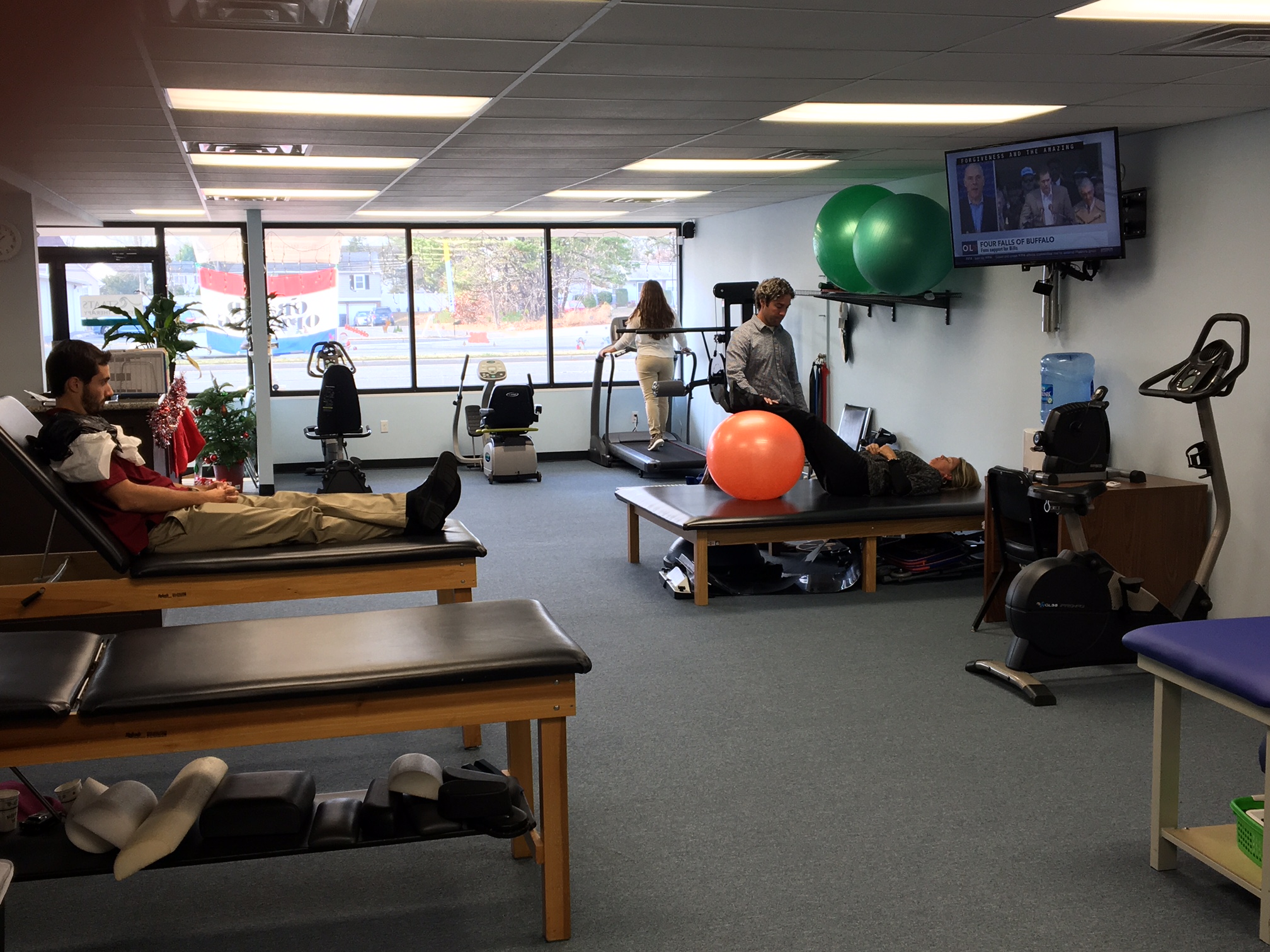Achilles Tendinitis or Tear
The Achilles tendon is the largest in the body and connects the two calf muscles to the heel. This tendon is particularly susceptible to inflammation because of overuse and can cause a great deal of pain and difficulty walking. This condition is called Achilles tendinitis. Achilles tendinitis is usually an overuse injury and most cases of Achilles tendinitis can be treated without surgery — all you need is to take a break from physical activity, and start physical therapy along with stretching exercises in order for your Achilles tendon to recover and heal properly. But, if tension and pain near the tendon persist, surgery might be a necessity.
Those suffering from Achilles tendinitis are also more prone to an Achilles tear or full rupture after repetitive inflammation and damage have been built up over time. However, this injury can also occur because of sudden trauma. If a patient hears a popping noise or sensation and experiences heel pain after landing a jump, the Achilles tendon may have ruptured.
Ultrasound Imaging can be useful in determining if your Achilles pain is from Tendinitis or an Achilles Tendon tear. At Staats PT, we can perform this imaging to help determine the condition of your Achilles tendon.
Plantar Fasciitis
Plantar fasciitis is the most common cause of heel pain and can affect the running athlete, the weekend warrior, and even the sedentary individual. Two million patients are treated for this problem each year. It occurs when the Fascia band of tissue in the arch of the foot becomes inflamed, causing sharp pain in the heel of the foot. With so much weight pressure being applied to your heels on a daily basis, the plantar fascia (or strand of tissue connecting the heel bone to the toes) can become weak and irritated. This can make it very difficult to perform everyday activities like walking, running, or even standing.
Most patients suffering from this condition complain of pain with the first few steps they take after waking up or after resting for a prolonged period of time. Once the band has time to stretch, the pain will often subside significantly but will continue to flare up again after each time that it is rested.
Plantar fasciitis can be caused by a number of factors like overpronation, being overweight (which puts an incredible amount of stress on your feet and ankles), having high arches or flat feet, or wearing restrictive, ill-fitting footwear like high heels.
A thorough evaluation of your foot mechanics is essential in order to determine the cause of plantar fasciitis. This combined with an Ultrasound image can help determine your plan of care. At Staats physical Therapy we can measure the thickness of your plantar with the latest Ultrasound technology and determine if plantar fasciitis is the cause of the pain and even determine if a bone spur is present.
Ankle Sprain
Ankle sprains are perhaps the most common and most treatable of sports injuries. Rolling your ankle in an athletic competition, or tripping and falling while at work can both lead to ligament sprains of the ankle. Ligaments are bands of connective tissue that provide stability and strength to joints by connecting bones to other bones. When sprains happen, ligaments have been stretched or torn.
While most sprains are minor and will heal with rest and ice, if swelling and pain persist, it is important to seek the help of a physical therapist. In fact, moderate and severe sprains that are left untreated can weaken the ankle over time and even cause repeated sprains or lead to other ankle injuries. Ultimately, repeated ankle sprains can cause arthritis.
More often than not, ankle sprains are of the inversion variety, meaning that the foot rolls inward, pushing the ankle outward and causing a sprain (chances are that you’ve had this type of sprain before). In other rare cases, eversion sprains push the foot outward, which can cause serious foot and leg injuries.
The first step in treating an ankle sprain is usually rest and to protect the ankle to reduce swelling and pain. You may need crutches in the short term and/or even an ankle brace. Next, have your physical therapist provide stretching exercises to restore your ankle’s range of motion. Your physical therapist will put you back on track by gradually increasing the length and intensity of your activities, being careful to not aggravate the injury. At Staats Physical Therapy we use hand on treatments, like joint mobilization and soft tissue massage to restore the ankle joints natural motion.
For more information, visit our social pages below where we will be posting throughout the month about foot and ankle injuries and how we treat them at Staats Physical Therapy.









